Liu Sola’s Animated Scores
![]() {{newsData.publisher_name}}
{{newsData.update_time}}
浏览:{{newsData.view_count}}
{{newsData.publisher_name}}
{{newsData.update_time}}
浏览:{{newsData.view_count}}
来源 | {{newsData.source}} 作者 | {{newsData.author}}
Liu Sola’s Animated ScoresLike any conservatory-trained composer, Liu Sola can write conventional scores, but the scores at this exhibition look more like visual art than a form of music notation. Besides being unusual, what else is there in these scores? Here are 4 points among others to consider:Compress, Liu Sola, 2017, The exhibition view of Yuan Art Museum–Beijing, 2021--A Process of “Unlearning”Sola spent 15 years abroad living and working as a composer and performer, first in London and then in New York, where she absorbed a lot of new ideas about contemporary music and free jazz. However, when she returned to China in the early 2000’s to work with Chinese music and musicians, she began a process not so much of applying what she had learnt abroad to her future work, but more a process of freeing herself from what she had learnt: “unlearning” as a paradoxical creative process. An important step was to restore body to music.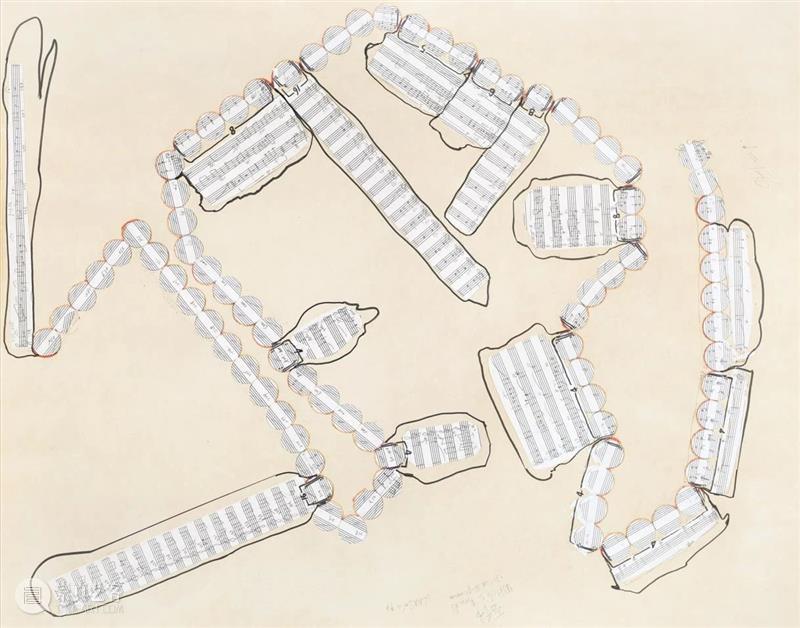 The first thing we notice about these scores is how animated and playful they are, how unlike abstract notation. The implication is that music is also an object, and object-music addresses the eye as much as the ear. Some scores, like “Daddy’s Chair”, even take the shape of identifiable objects, while others are less easily identifiable. Music requires us to use the whole body and not just a part. (Sola is a reader of the French philosopher Gilles Deleuze, though an eccentric reader!) These animated scores show us, as Deleuze might observe, scores becoming-body. A similar emphasis can be found in Paul Klee, a painter with an intimate relation with music. Klee speaks of a line not as an abstract entity but as a dot going on a walk; i.e., the line as the dot becoming-body.The Afterlife of Li Jiantong, Liu SolaA music score can also give some idea of how we think about music and the world we live in. The classical score notates music as the relation between horizontal notes and vertical chords, and the ability to synchronize the horizontal and vertical axis reflects an orderly and hierarchical world. We can think of the introduction of 12-tone music which is scored very differently as the intuition of a world out of sync; an atonal music that abandoned the horizontal and vertical axis; a music marked by chance, indeterminacy, and the loss of order. Nevertheless, the atonal has now become the system of “contemporary music”, and here is where the idea of the Lego set that children play with suggests itself as a half-serious analogue for Sola’s scores. Lego is a modular system consisting of independent parts whose combination allows us to create whatever we can imagine. In her playful scores, notes are not constrained to follow one another in standard ways; they can jump lines or make “quantum leaps”. These scores give us an idea of music as something both precise and unpredictable.
The first thing we notice about these scores is how animated and playful they are, how unlike abstract notation. The implication is that music is also an object, and object-music addresses the eye as much as the ear. Some scores, like “Daddy’s Chair”, even take the shape of identifiable objects, while others are less easily identifiable. Music requires us to use the whole body and not just a part. (Sola is a reader of the French philosopher Gilles Deleuze, though an eccentric reader!) These animated scores show us, as Deleuze might observe, scores becoming-body. A similar emphasis can be found in Paul Klee, a painter with an intimate relation with music. Klee speaks of a line not as an abstract entity but as a dot going on a walk; i.e., the line as the dot becoming-body.The Afterlife of Li Jiantong, Liu SolaA music score can also give some idea of how we think about music and the world we live in. The classical score notates music as the relation between horizontal notes and vertical chords, and the ability to synchronize the horizontal and vertical axis reflects an orderly and hierarchical world. We can think of the introduction of 12-tone music which is scored very differently as the intuition of a world out of sync; an atonal music that abandoned the horizontal and vertical axis; a music marked by chance, indeterminacy, and the loss of order. Nevertheless, the atonal has now become the system of “contemporary music”, and here is where the idea of the Lego set that children play with suggests itself as a half-serious analogue for Sola’s scores. Lego is a modular system consisting of independent parts whose combination allows us to create whatever we can imagine. In her playful scores, notes are not constrained to follow one another in standard ways; they can jump lines or make “quantum leaps”. These scores give us an idea of music as something both precise and unpredictable.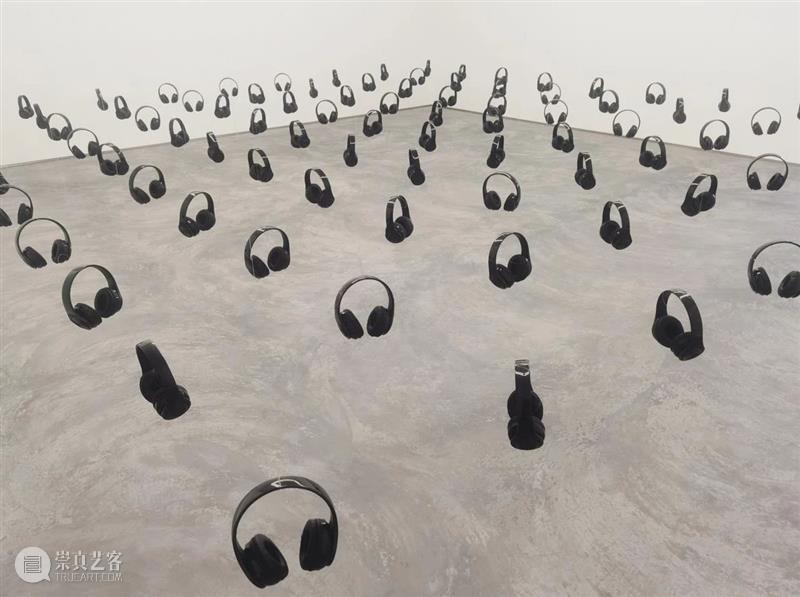 Compress, Liu Sola, 2017, The exhibition view of Yan Art, 2022--The Changing Shape of TraditionWhen we think of tradition, we have to overcome a double prejudice: the view that tradition is outdated or that it has all the answers. There may be parts of tradition we have forgotten or whose relevance we are not able to discern. For example, one aspect of ancient Chinese music that is not generally acknowledged is that it uses a 12-tone scale which we think of as a modern development. The 12 tones can be arranged on a circle, so that a clockwise movement can indicate a movement from Yin to Yang, and a counter-clockwise movement, from Yang to Yin. The forms can change: the circle as structure can transform into a double triangle. In one, the base (Yang) is on top, and it narrows to an apex (Yin); in the other, the apex is on top and it widens towards its base. What has just been described is the shape of one of Sola’s scores. Drawing on tradition should not be seen as antithetical to a concern with the contemporary; rather it involves looking again at the overlooked and and placing them in the context of contemporary experience.
Compress, Liu Sola, 2017, The exhibition view of Yan Art, 2022--The Changing Shape of TraditionWhen we think of tradition, we have to overcome a double prejudice: the view that tradition is outdated or that it has all the answers. There may be parts of tradition we have forgotten or whose relevance we are not able to discern. For example, one aspect of ancient Chinese music that is not generally acknowledged is that it uses a 12-tone scale which we think of as a modern development. The 12 tones can be arranged on a circle, so that a clockwise movement can indicate a movement from Yin to Yang, and a counter-clockwise movement, from Yang to Yin. The forms can change: the circle as structure can transform into a double triangle. In one, the base (Yang) is on top, and it narrows to an apex (Yin); in the other, the apex is on top and it widens towards its base. What has just been described is the shape of one of Sola’s scores. Drawing on tradition should not be seen as antithetical to a concern with the contemporary; rather it involves looking again at the overlooked and and placing them in the context of contemporary experience.
Liu Sola (aka: Liu Suola) Composer, author,
vocalist, music producerAfter graduating from the Central Conservatory of Music with a degree
in composition, Liu Sola won the National Best Novella Award
in 1988 with her best-selling novella You Have No
Choice (1985). Since then, she has worked professionally as musician and writer.You Have No Choice, Liu Sola, published by Chinese Writers Publishers, China, 1986Liu Sola has composed sound tracks for many Chinese and international
films and written scores for TV, theatre, and modern dance productions. Her musicranges from works for symphony orchestras, ensembles, operas, and bands, to solo instrumental and vocal pieces. Her musical styles include classical and early music, as
well as jazz, rock, traditional and contemporary music.In 1988, under the auspices of the
Washington News Agency, Liu Sola went to the USA as an international visitor.
On the same trip, she was invited by the mayor of Columbus to visit the city as
a guest writer. She was invited to the Iowa International Writers program in 1992;
a member of BMG music publishing (1991-2002); an international board member of
the House of World Cultures (HKW. Germany) from 2002-2006; curator for the
Chinese Cultural Festival in Germany (music session); co-curator for the
University of California’s UCHRI / SECT Seminar: “Designing China” in 2009; curator for the Cross
Boundary Music / Inter-Media Forum at the annual Beijing Modern Music Festival
(2011-12); and a member of Edition·S music¬sound¬art (2010-). She has also served as
an Honorary Professor for the Urban Design School at the Central Academy of Art
in Beijing (2015-16), and curator for the Pompidou Center / France and Chengdu / China music festival (2018-19).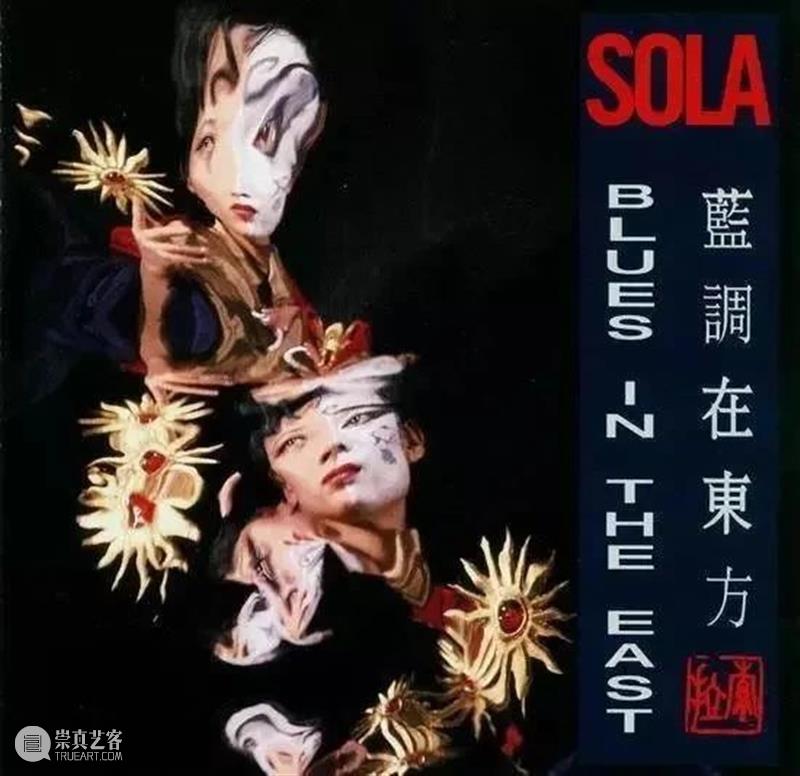
Blues in The East, Composer | Liu Sola, Producer | Bill Laswell, Axiom/Island/Polygram Records Company, Recording Artist | Liu Sola, New York, USA, 1994
Liu Sola was the librettist
and composer of the first Chinese rock opera Blue
Sky Green Seas in 1988, a work
based on her award wining novella of the same name. In 1989, she collaborated with Memphis-based
blues musicians to record what is perhaps the first-ever mainland Chinese Blues
song "Reborn". Her first US album Blues In The East (1994 produced by Bill
Laswell) was in the "Spotlight" position on Billboard, and it remained for
many weeks in the top 10 of the New World Music chart (USA & UK). In her
following album China Collage (1996,
produced by Bill Laswell), she established a new music style by giving highly
contemporary interpretations to the sound of ancient Chinese traditional music. Her early albums also include Haunts, June Snow, Sola & Friend, and Apparitions. She co-produced a
best selling album BGM16 for MUJI / Japan, which included her composition Da Hu Jia (2011), a suite for
piano. Darkness
& Light, a Liu Sola & Friends
ensemble live outdoor concert recording, was released in 2013. Tiger and
Rabbit Dance, another live concert recording, was released in 2017.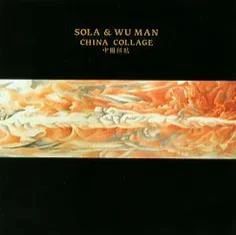 China Collage, Composer | Liu Sola, Producer | Bill Laswell, Avan Records Japan, Recording Artist | Liu Sola, Wu Man, 1996Between 1988 to 2003, she collaborated with many
legendary musicians in UK and New York, such as the
Durutti Column, Jastin Adams, Paul Brennon, Bill
Laswell, Amina
C. Myers, Fernando Saunders, and Phooroan aKlaff. In 2003, with support from HKW Germany, she
founded the Liu Sola & Friends Chinese Ensemble, made up mainly of top Chinese
instrumental soloists. Over the past years, the Liu Sola & Friends Ensemble has become a
highlight group for many major festivals around the world. The Ensemble has
performed Liu Sola's compositions for the award
winning modern dance and music drama Jue - Awaken, choreographed by Jinzi & Luo Lili; and the soundtracks
for the award winning film Thirteen Princes Trees directed by Lv Yue. Over the last 10 years, Liu Sola taught her
classically trained ensemble musicians to do improvisation. The ensemble has not only played with the top traditional Chinese
instrumentalists , but also with innovative Chinese rock and contemporary
musicians. The virtuoso performances of this ensemble and
their unique music style has been attracting more
and more young Chinese people. The live performance video of the ensemble’s 2015 new year concert appeared in Liu Sola’s interview
with CNTV English News ICON program in the spring of 2015. In 2017, the ensemblestarted a national tour, and in 2018-19, the ensemble performed the opening and
closing performances at the Pompidou (France) & Chengdu (China)Music Festival in China.
China Collage, Composer | Liu Sola, Producer | Bill Laswell, Avan Records Japan, Recording Artist | Liu Sola, Wu Man, 1996Between 1988 to 2003, she collaborated with many
legendary musicians in UK and New York, such as the
Durutti Column, Jastin Adams, Paul Brennon, Bill
Laswell, Amina
C. Myers, Fernando Saunders, and Phooroan aKlaff. In 2003, with support from HKW Germany, she
founded the Liu Sola & Friends Chinese Ensemble, made up mainly of top Chinese
instrumental soloists. Over the past years, the Liu Sola & Friends Ensemble has become a
highlight group for many major festivals around the world. The Ensemble has
performed Liu Sola's compositions for the award
winning modern dance and music drama Jue - Awaken, choreographed by Jinzi & Luo Lili; and the soundtracks
for the award winning film Thirteen Princes Trees directed by Lv Yue. Over the last 10 years, Liu Sola taught her
classically trained ensemble musicians to do improvisation. The ensemble has not only played with the top traditional Chinese
instrumentalists , but also with innovative Chinese rock and contemporary
musicians. The virtuoso performances of this ensemble and
their unique music style has been attracting more
and more young Chinese people. The live performance video of the ensemble’s 2015 new year concert appeared in Liu Sola’s interview
with CNTV English News ICON program in the spring of 2015. In 2017, the ensemblestarted a national tour, and in 2018-19, the ensemble performed the opening and
closing performances at the Pompidou (France) & Chengdu (China)Music Festival in China.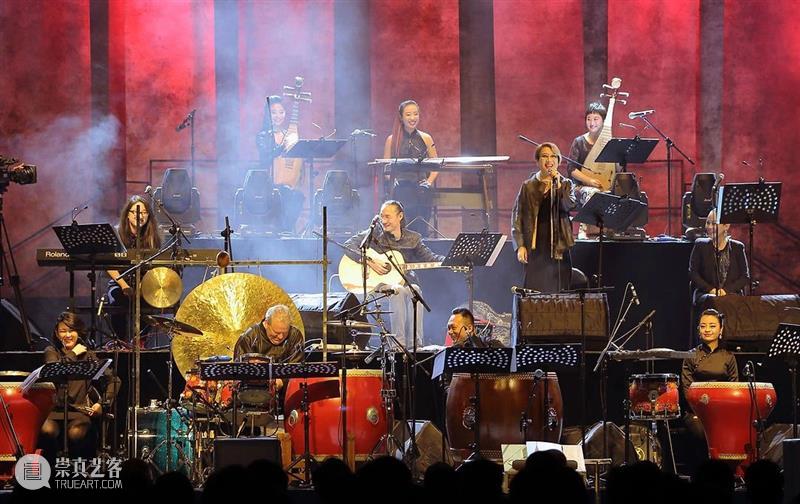 Liu Sola & Friends EnsembleBesides her compositions for concerts, her most important music works
include operas such as the chamber opera Fantasy
of the Red Queen (2006), performed by the Ensemble Modern / Germany and
the Liu Sola
& Friends ensemble. Liu
Sola is the librettist and music composer, as well as the artistic director,
costume designer and leading vocalist. Another chamber opera The Afterlife of Li Jiantong (2009) written in baroque and ancient Chinese music style, is a work
dedicated to her mother, a Chinese political-historical writer. Liu Sola is the librettist and the music composer. This piece
was commissioned by the Barbican Centre London, the Danish Royal Opera and the
Paul Hillier / Theatre of Voices, and performed by the Theatre of Voices. More recently, inspired
by Chinese traditional rhythms, she has composed a drum
& percussions suite China Beat,
for a Chinese drum group. These new compositions were performed by her ensemble at the Beijing International
Music Festival 2015.
Liu Sola & Friends EnsembleBesides her compositions for concerts, her most important music works
include operas such as the chamber opera Fantasy
of the Red Queen (2006), performed by the Ensemble Modern / Germany and
the Liu Sola
& Friends ensemble. Liu
Sola is the librettist and music composer, as well as the artistic director,
costume designer and leading vocalist. Another chamber opera The Afterlife of Li Jiantong (2009) written in baroque and ancient Chinese music style, is a work
dedicated to her mother, a Chinese political-historical writer. Liu Sola is the librettist and the music composer. This piece
was commissioned by the Barbican Centre London, the Danish Royal Opera and the
Paul Hillier / Theatre of Voices, and performed by the Theatre of Voices. More recently, inspired
by Chinese traditional rhythms, she has composed a drum
& percussions suite China Beat,
for a Chinese drum group. These new compositions were performed by her ensemble at the Beijing International
Music Festival 2015. 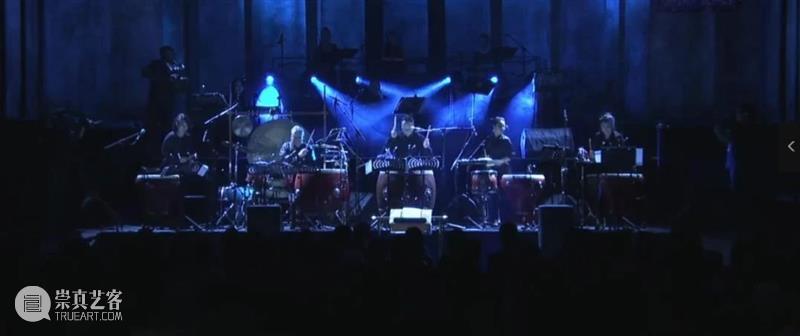
Tiger Rabbit Swing, Composer | Liu Sola, Performed by Liu Sola & Friends Ensemble, Beijing International Music Festival, 2015
As an award-winning writer, Liu Sola's fictions have been translated
into many different languages. Blue Sky Green
Sea was published by Renditions in Hong Kong in 1993 and Chaos and All That was published by Hawaii
University Press in 1994. This work was written in 1989 when she was living in London.
The English translation, by Richard King, was awarded First Prize for
translation by the British Comparative Literature Association. A collection of
her stories was translated into Japanese and published by Xin Chao Publishers
in Japan in 1997. Her most important political/mythological
novel Da Ji Jia de Xiao Guwas
published by Hong Kong Mingbao publisher in 2000 , then published in China in 2003 under the name Nv Zhen Tang. It
has been translated into Italian as La Piccola Storia Della Grande Famiglia Ji, published by Einaudi
Publishers in Italy in 2009. This novel has also
been translated into French as La Grande Ile Des Tortues-cochons published by Seuil in Paris in 2006. Her other
writings include best-selling essay collections such as Liu Sola on the Move (which was on Asia
Weekly’s top charts), Lipstick Talk and so on. The Chinese Writers’Publishers published her novel Lost in Fascination in 2011.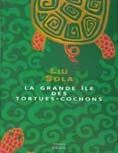 La grande île des tortues-cochons, Liu Sola, Les Editions du Seuil, France, 2006
La grande île des tortues-cochons, Liu Sola, Les Editions du Seuil, France, 2006
Liu Sola has also been involved in film and design. She acted
in and co-wrote Ning Ying's film Wu Qiong
Dong (Perpetual Motion), as well as
composed the music sound track. She was invited to join Japan's Muji shopping bag design series (along with artists
such as Ai Weiwei and Zhang Yonghe). Her music scores have been exhibited in
China and Germany as graphic art, and a solo exhibition of her scores was presented at the Tokyo Gallery in Beijing in
2017. Her experimental vocal art won the
Yuan Dian Award (2020) of the Yuan Art Museum.The exhibition view of Overlaid: Tokyo Gallery + BTAP (Beijing) 20th Anniversary Exhibition, 2022From 2019 to 2022, Liu Sola has been quite seriously
ill. During her recovery in 2022, she accepted an invitation from the Beijing
International Music Festival and the Shanghai Symphony Orchestra to compose a
symphonic piece The Legend of Monkey King. She regards this creative process as a celebration of life.Symphonic Dances - The Legend of Monkey King, Performed by Liu Sola & Friends Ensemble, Shanghai Symphony Orchestra, 2022
北京场馆开馆时间:周二至周日 10:00-17:30邮箱:info@yuanartmuseum.org.cn
{{flexible[0].text}}

 {{newsData.good_count}}
{{newsData.good_count}}

 {{newsData.transfer_count}}
{{newsData.transfer_count}}


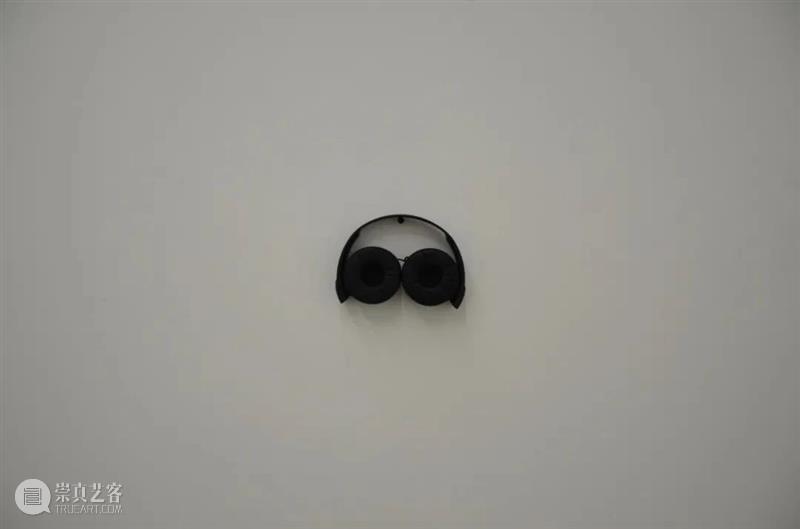

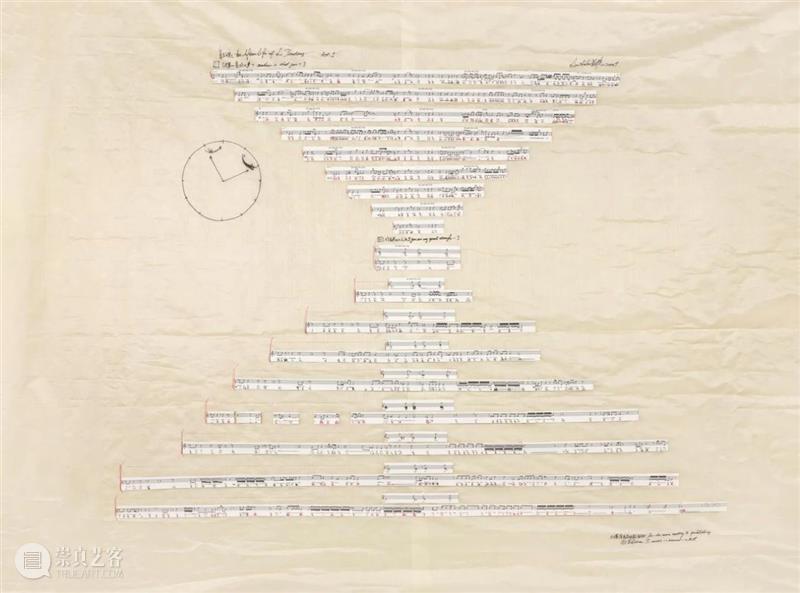

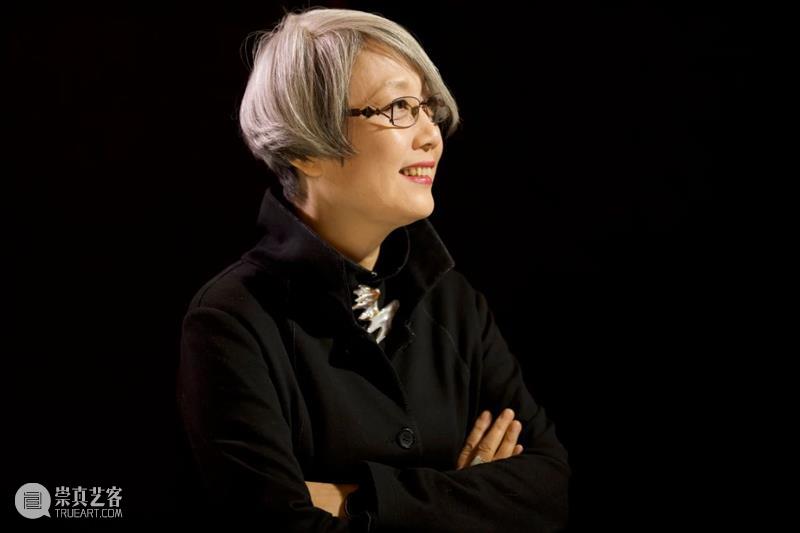







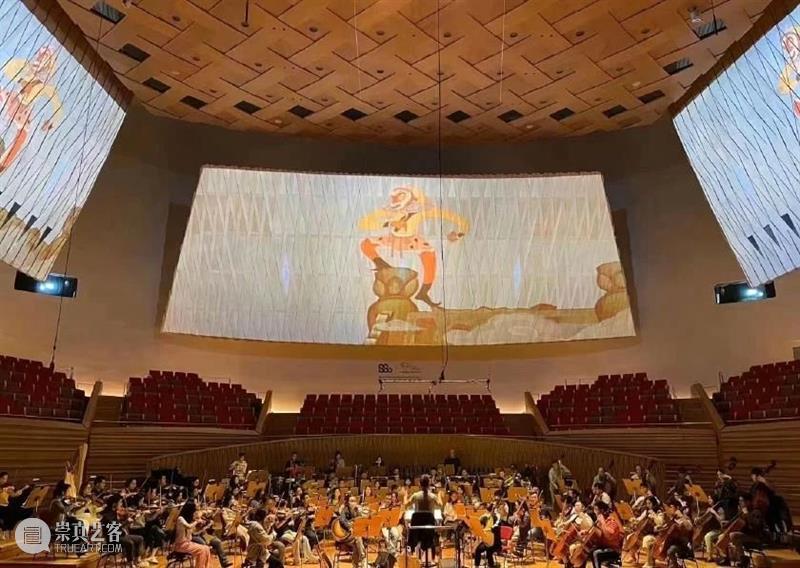








 分享
分享